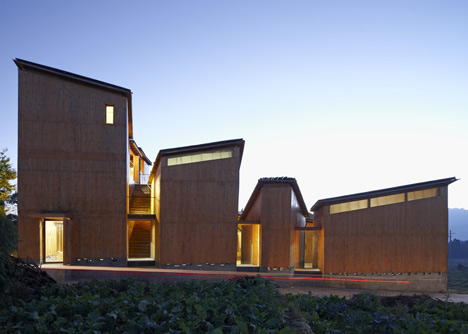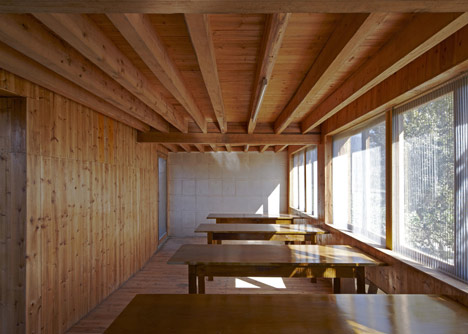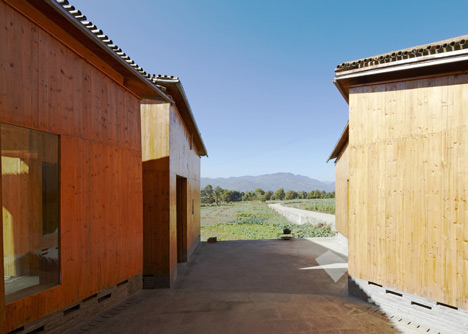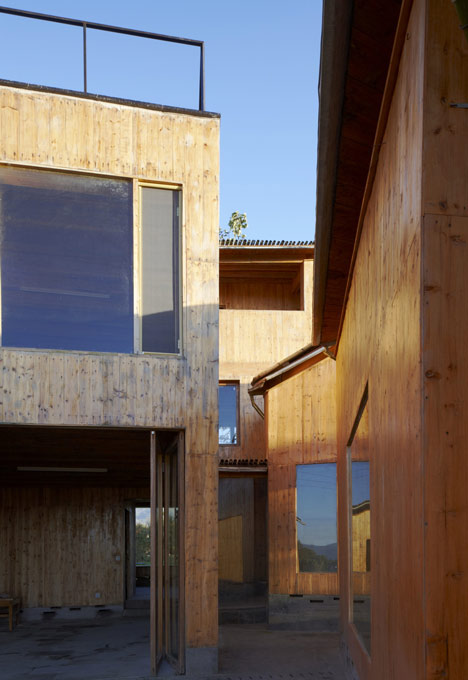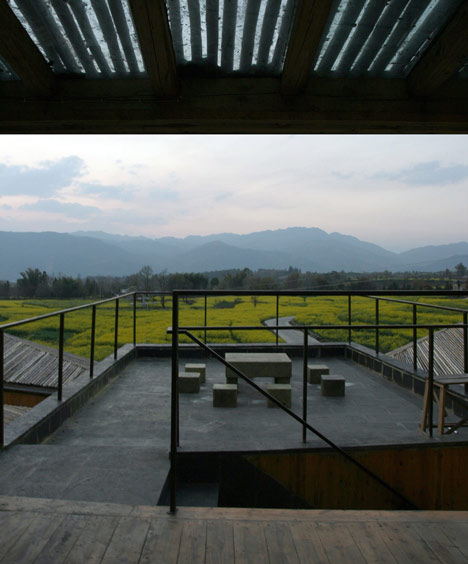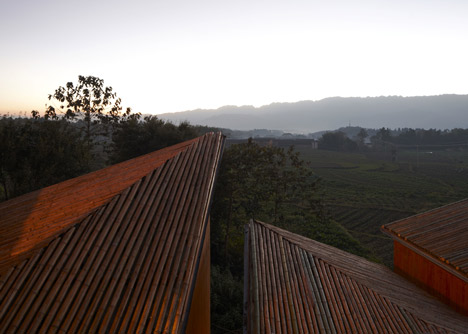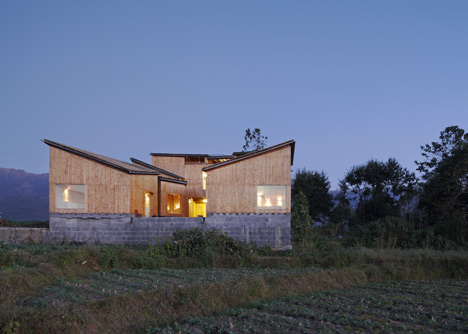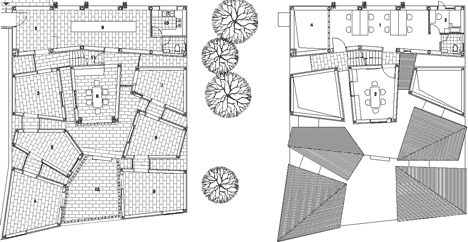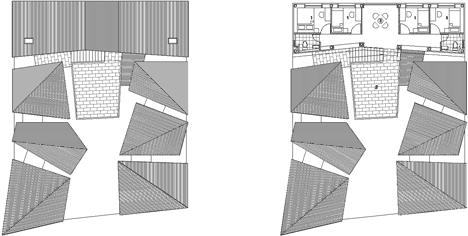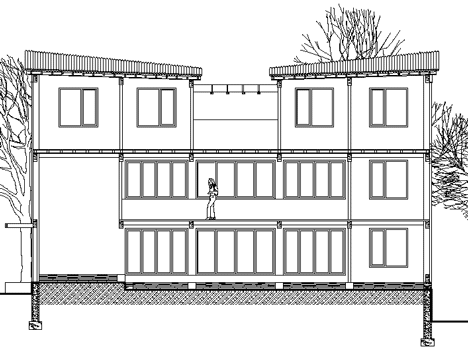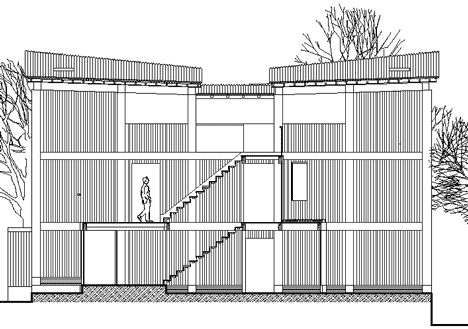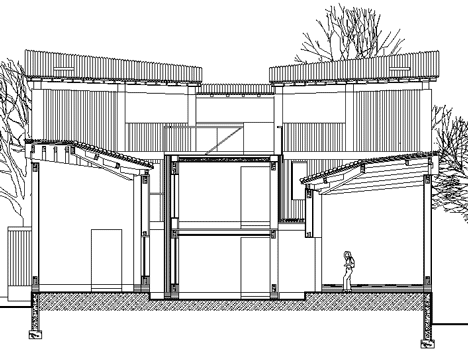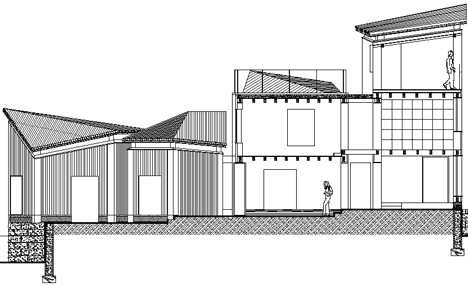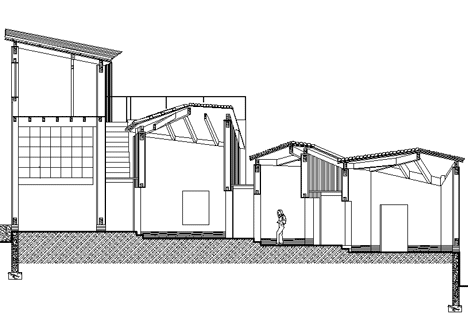I think all of us have problem with laying out our presentation boards, regardless of whether it's design subject or others. The composition of our presentation boards are crucial for understanding of others and Miss Hui Ping touched on that yesterday. So I decided to share with you guys about my findings.
It's taken of another blog which I stumbled on while researching for Architecture Presentation Boards. Click here. There's other examples of presentation boards there as well. Go take a look. It might not be the best of the best but at least it's something we can all learn from and improve from there.
Here listed are 20 ways.
1. No background colour, preferably
white, be plain because our focus is not on the striking background but
rather on the content.
2.
Use of less than 3 types of fonts, try to avoid using too many
different sizes of words too to make it more formal, use fonts that are
suitable (no curvy and must be easy to be understood).
3.
Content (always begin with key plan to site plan and to plan (s) of
the structure of your design, then elevations, sections, perspective,
axonometric, isometric (sometime).
4.
Include development sketches, people love to read how you develop your
idea and transform the first simple draft into final creative design
in sketches.
5.
Good skills in drawing manually – include rendering, shading and line
weight skills to enhance the drawings and to put ‘life’ on your
drawings as though it is real. Include the background and site context
in drawings too. If you have drawing software and your lecturer asked
you to use it, then use it. (if you know too).
6.
Present your ideas in short but informative sentences (better in
keywords and then you present your own ideas orally), no essays or
paragraphs in presentation boards, people don’t love to read long words
on boards.
7.
Proper and systematic organization and composition of presentation
boards, arrange all drawings, ideas (words), pictures, etc in term of
its importance in the project.
8. The title should be clear that people will look at it first before going through your boards, remember no fancy colours too.
9.
Remember to include your name on the boards too. If the boards are
separated, then include your name on each board to show that it is your
work. Be proud of your own masterpiece. Usually on bottom right hand
corner of the board. It is better to have one long board rather than
having separated ones.
10. Satisfy all the requirements set by your lecturers or clients. This is up to the demand of the one who will grade your work.
11.
Pictures on the presentation boards should be clear and show clearly
the aim of putting the pictures there too. However, pictures should not
overwhelmed your overall boards. Drawings and sketches should be
scanned into the file with accurate scale and with proper proportion.
12.
Use the programme that you are comfortable with, that you know how to
use efficiently on it in creating your boards – like Adobe Photoshop,
Sketch Up, etc. (better to be the latest version, more functions). If
you do not know, learn.
13.
Never create all of your boards manually, no writing, no pasting, it
will ruin it. If it is this way, the boards will look like collages
rather than an efficient presentation boards.
14.
Include your thinking (abstract) into the boards too, usually
alongside with the main points (ideas) that you have stated on the
boards. This will put you on top of others.
15.
Provide some empty space to ‘free’ your boards. It is no good to have a
board full of words, pictures, sketches, drawings squeezed together.
If the lecturer limit you to certain number of boards, you can actually
exceeds by one or two more, but don’t need to be too much. Remember,
don’t include rubbish (non-related stuff) into your precious boards.
16.
Neatness is important. After you have done your board and printed it
out, do not fold them, put them in plastic folder and keep it safe till
the day of submission. It is your valuable work, once destroyed, have
to print again and waste money again.
17.
Do not do your board at last minute work. It will totally ended up
having a bad presentation boards. Try to manage your time, maybe today
you will be doing on this part of boards, the other day on the others,
and few more extra days for you to touch up and finalize your boards.
18.
Be creative. This is the most important criteria for an architect. Try
to show your creativity through the boards too, if you can. Remember,
if you think you can, then you can!
19.
Show which boards should come first if all your boards are separated –
like Sheet One, Two, Three, …… Usually at bottom left hand corner of
the boards. This will not confused your lecturers or clients as they
are having look at these.
20.
Try to communicate to the others (lecturers or clients or even
friends) through the boards. Sound hard to get what I mean? This you
have to think yourself. Your boards must attracts attention to all
people (not through its striking colour, but through its content).
It's not much, but at least I hope it might shed some light for you guys. There's always room for improvement! :) Of course, in the end, it's up to you how you want your presentation board to look like, to represent you and to convey your message to others. Now, hit the books! Good luck to all for finals! :)

